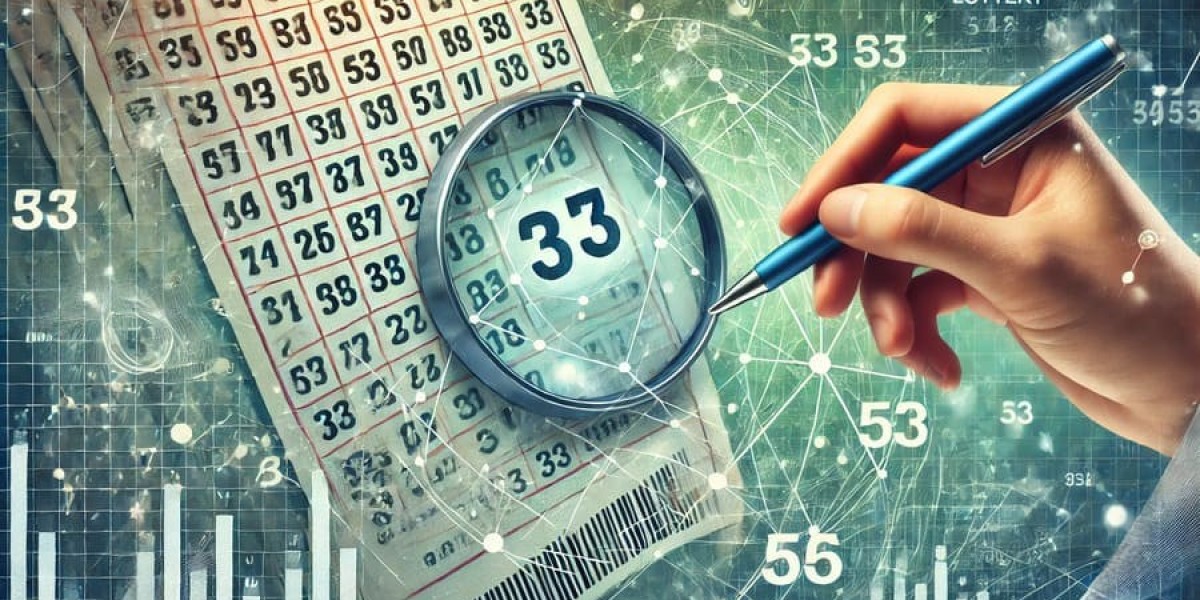Statistical analysis of most widespread lotto numbers has been performed across several lotteries worldwide.
Statistical analysis of most widespread
lotto numbers has been performed across several lotteries worldwide. By reviewing previous draws and calculating frequency, researchers have compiled lists of numbers which are historically drawn extra incessantly than others. For instance, within the in style EuroMillions lottery, numbers corresponding to 20, 23, and 26 appear persistently among the many most drawn. Furthermore, native lotteries could have their own set of generally drawn numbers. For instance, in the Powerball, numbers like 6, 20, and 29 stand out based mostly on historical information. Such statistical analyses, while not assured predictors for future attracts, provide intriguing insights into player behavior and quantity trends.
At its core, lotto number frequency refers to how often individual numbers seem in successful combos over a set interval. By analyzing this frequency, players can determine 'sizzling' numbers that have recently been drawn more often than others and 'cold' numbers that haven’t appeared shortly. This statistical analysis is based on the premise that sure numbers could also be due for a win, thereby giving players an informed methodology for choosing their numbers somewhat than relying solely on luck or private significance.
Many players ask themselves if choosing the most widespread
Lotto Winning Probability numbers can truly increase their probabilities of successful. The short answer is not any; every lottery draw is an independent occasion, and past outcomes can not affect future outcomes. However, selecting commonly drawn numbers can have psychological advantages for gamers. Many individuals feel a way of consolation in sticking with numbers which have proven well-liked over time. While these numbers may not mathematically increase the odds of successful, they might present a sense of group amongst gamers who share comparable quantity preferences.
Understanding the percentages of successful is vital for novices. Each lotto game has its distinctive odds, usually outlined on the lottery's official web site. For example, in a typical 6/49 lottery, the percentages of profitable the jackpot are approximately 1 in thirteen,983,816. This stark number can be daunting, and it's important for players to acknowledge that the chance of profitable significantly lower as the variety of members increases. Consequently, knowing your odds may help set sensible expectations and reinforce the factor of enjoyable over potential financial gain.
Some Lotto apps, corresponding to LottoLife, allow gamers to affix groups where they will pool assets to purchase tickets collectively. This collaboration can increase the possibilities of winning, as gamers can afford to purchase more tickets collectively than individually. The social aspect of taking part in the lottery can make the experience rather more pleasant and spark conversations about methods and fortunate numbers.
The digital transformation of the lottery industry can be attributed to several factors. Firstly, with the widespread use of smartphones, more players prefer apps that permit them to play anytime and wherever. According to a research by Statista, over 80% of adults in the United States personal a smartphone, making cell accessibility essential for lottery games.
Lotto Winning Probability apps for Android cater to this demand by providing a user-friendly interface designed for quick access to lottery attracts and ticket purchases.
For these seeking to improve their chances of winning, analyzing Lotto outcomes history can reveal practical tips and methods. Creating a strategy that mixes private quantity preferences with statistical analyses may lead to a extra informed strategy. Furthermore, becoming a member of a syndicate can increase the odds as pooling resources allows for extra tickets to be purchased. However, it’s essential to ensure clear agreements are in place to avoid potential conflicts post-win. Moreover, keeping monitor of private taking part in patterns and outcomes might help refine methods over time, as historic information is a strong ally within the pursuit of Lotto success.
The choice to take part within the
Lotto Program usually transcends mere chance. Psychological components play a significant position in how individuals strategy the sport. Many gamers exhibit a phenomenon generally recognized as the "gambler's fallacy," believing that previous outcomes influence future outcomes, despite the random nature of attracts. Understanding these psychological components can help players refine their methods and avoid making common mistakes based on misconceptions. Additionally, understanding why individuals are drawn to lotteries—from the dreams of instant wealth to communal excitement during draws—can present deeper insights into the Lotto's societal relevance.
The history of Lotto results is rich and complicated, intertwining the joy of probability with the deep evaluation of profitable patterns. Since its inception, the Lotto has captivated hundreds of thousands across the globe, turning into a cultural phenomenon in numerous countries. By exploring the Lotto results history, gamers and lovers can uncover priceless insights that not only enhance their understanding of the game but additionally inform their methods moving forward. Why is the Lotto outcomes historical past so significant? It not only reflects developments and player behavior but in addition reveals the mathematical chances that govern the sport, offering an opportunity for gamers to extend their odds of successful. This article delves deep into the journey of Lotto results, appears at historic knowledge, and highlights key statistics and examples that emphasize its significance and relevance. Join us as we navigate via this intriguing landscape, equipping you with knowledge and methods that might doubtlessly result in success.
 신뢰할 수 있는 토토사이트 찾기: 먹튀검증의 중요성
Durch edwinsilcock69
신뢰할 수 있는 토토사이트 찾기: 먹튀검증의 중요성
Durch edwinsilcock69 The Little-Known Benefits To Mini Freezer Uk
Durch frydge0255
The Little-Known Benefits To Mini Freezer Uk
Durch frydge0255 Power Players and Religious Police: The Fate of Sports Betting in Nigeria
Durch leonelslate978
Power Players and Religious Police: The Fate of Sports Betting in Nigeria
Durch leonelslate978 Does Aviator Betting Lead to Riches: Betting Methods and Profitable Methods
Durch ilanasleeman18
Does Aviator Betting Lead to Riches: Betting Methods and Profitable Methods
Durch ilanasleeman18 15 Pinterest Boards That Are The Best Of All Time About Address Collection Site
Durch jujojula9034
15 Pinterest Boards That Are The Best Of All Time About Address Collection Site
Durch jujojula9034


